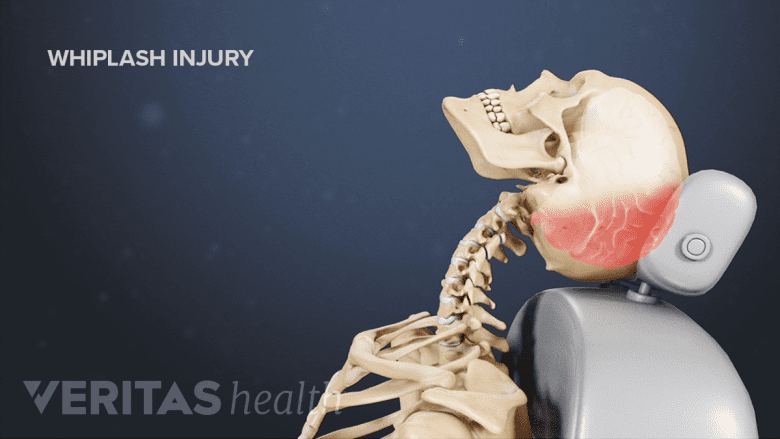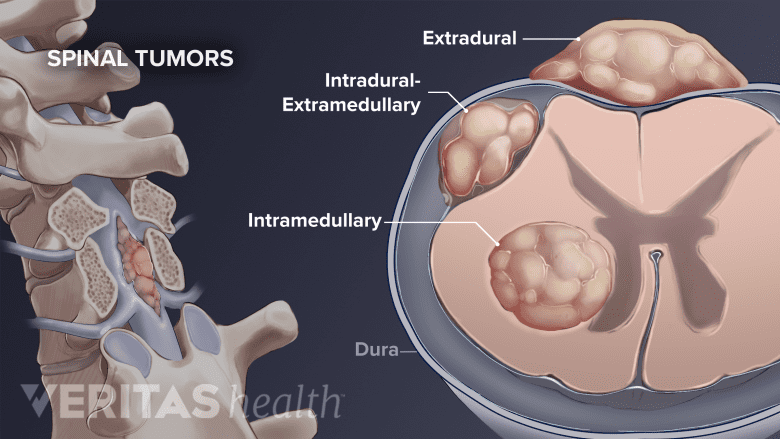Physical therapy is one of the most common treatments for chronic neck pain. Most physical therapy programs for neck pain involve applying treatments to reduce pain and/or stiffness enough to begin an exercise program of strengthening and stretching the neck. The specific methods and exercises used in physical therapy, as well as the duration of the treatment plan, can vary from person to person.
In This Article:
- Physical Therapy for Neck Pain Relief
- Active Physical Therapy for Neck Pain
Goals of Physical Therapy for Neck Pain
Physical therapy for neck pain typically includes the following goals:
- Reduce pain and stiffness
- Improve head and neck range of motion
- Develop dynamic strengthening of the neck and its supporting musculature
- Develop strategies to prevent pain from recurring
Even if pain cannot be completely eliminated, physical therapy may play an important role in improving neck posture and function for daily movements.
When Physical Therapy May Be Recommended

Physical therapy is recommended for acute or chronic injuries involving the neck's soft tissues and joints.
Physical therapy for the neck might be recommended in a variety of cases, such as:
- Unspecified chronic pain. When neck pain lingers or keeps recurring, the exact source or mechanism of pain can be difficult to identify. Even without a diagnosis, increasing the strength of the neck’s muscles may help them to better support the cervical spine and become more resistant to pain.
Recovering from injury. Some injuries, such as whiplash, can damage the neck’s soft tissues and joints, resulting in pain and/or stiffness that can last for weeks or much longer. A physical therapy program can reduce pain and help return the neck to normal functioning.
Recovering from surgery. Some surgeries performed on the neck can result in significant pain and stiffness in the weeks and months that follow. For example, an anterior cervical discectomy with fusion (ACDF) surgery involves the fusion of 2 or more vertebrae in the neck, which can alter how some neck and upper back muscles move. In such cases, physical therapy may help to work through stiffness, increase neck function, and reduce or prevent painful spasms as the muscles are reconditioned.
Physical therapy for the neck may be recommended in other cases as well, such as part of a larger treatment program for other diseases or chronic conditions.
When to Avoid Physical Therapy for Neck Pain

Physical therapy is not recommended in conditions such as cancer.
In some cases, physical therapy may not help reduce neck pain or could even worsen the problem. Physical therapy is typically not recommended for chronic neck pain if any of the following are true:
- Significant spinal instability. Sometimes the cervical spine is not stable enough for exercise, such as if a vertebral bone is fractured, or if spinal degeneration causes compression of the spinal cord or a nerve root. In such cases, the spine must be stabilized to prevent further injury before resuming physical therapy.
- Serious underlying medical issue. If neck pain results from an infection or tumor, the underlying cause must be addressed first. For example, if a cancerous tumor is contributing to neck pain, doing exercises will not reduce the tumor size, and the problem can instead grow and get worse.
Other reasons for not recommending physical therapy may also exist, such as if a patient’s body would not tolerate the treatment well.
Physical Therapy Treatment Methods

Heat therapy relaxes muscles and fosters healing by improving blood flow.
There are 2 common forms of physical therapy:
- Passive physical therapy, which involves treatments being applied without effort from the patient. Numerous treatment methods are available, such as applying ice packs, heat therapy, massage therapy, ultrasound, electrotherapy, and others. The goal of passive physical therapy is to help reduce pain and swelling.
- Active physical therapy, which involves the patient moving his or her own body through exercises and stretches. By improving strength and flexibility in the neck, these muscles may become less painful and better able to maintain good posture, which reduces stress on the cervical spine.
See Neck Exercises for Neck Pain
The initial phase of physical therapy for neck pain might involve more passive treatments, but more and more active treatments are likely to be incorporated as time goes on.
Efficacy of Physical Therapy
Many studies have examined whether or not physical therapy can help reduce spine-related pain, such as in the lower back or neck.1 Current medical literature suggests moderate to strong evidence supporting the benefits of physical therapy’s role in reducing neck pain and improving range of motion.2 ,3 ,4 ,5 Some studies have found even more benefits from physical therapy when combined with other treatment methods, such as aerobic activity.6
See Physical Therapy Exercise for Pain Relief
One of the challenges with collecting good data about physical therapy’s effectiveness or lack thereof is that it is hard to measure how well a person follows the prescribed program. For example, a person may do exercises with poor form or not as often as directed, which can reduce the chances of the treatment working.

